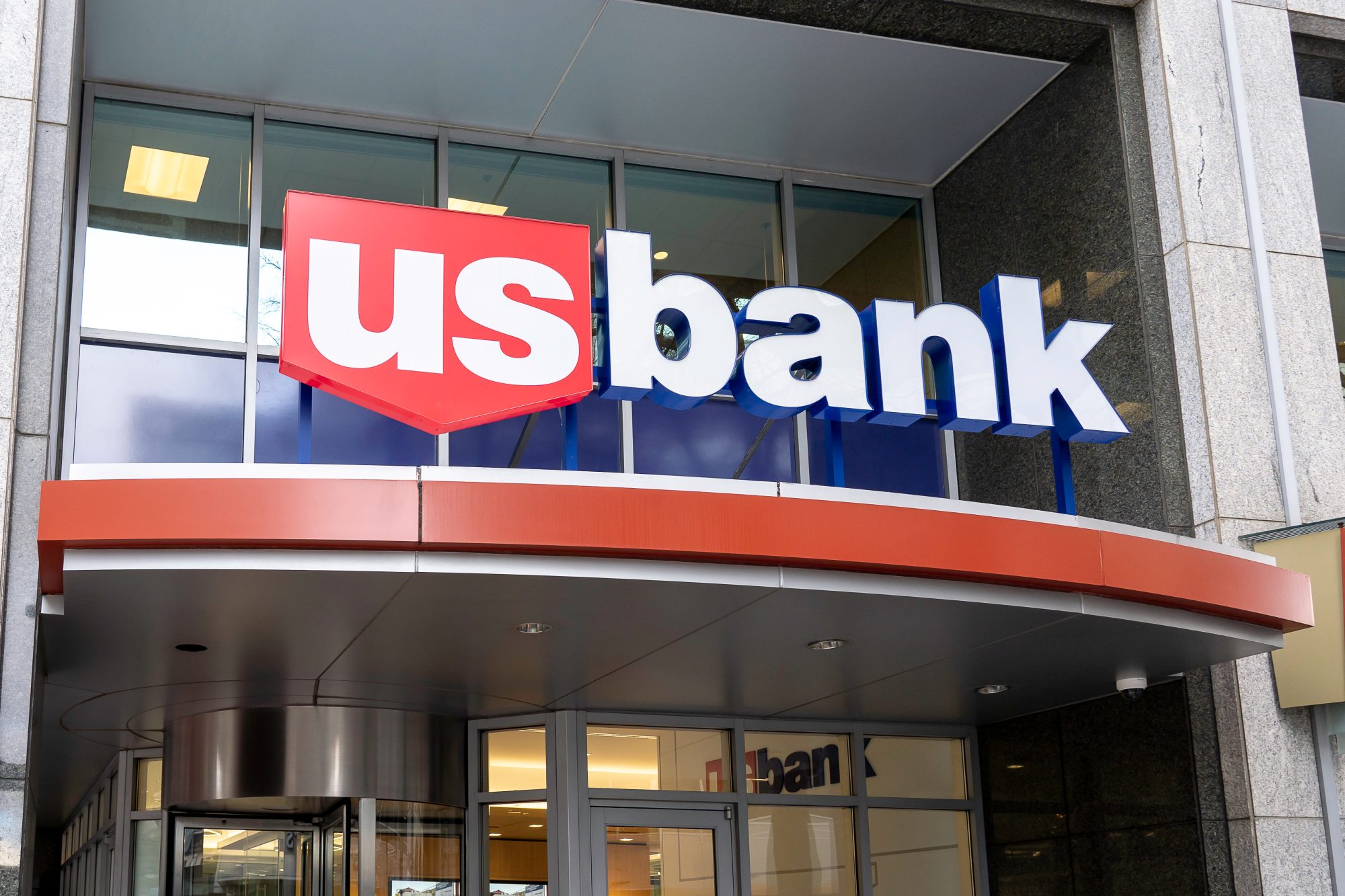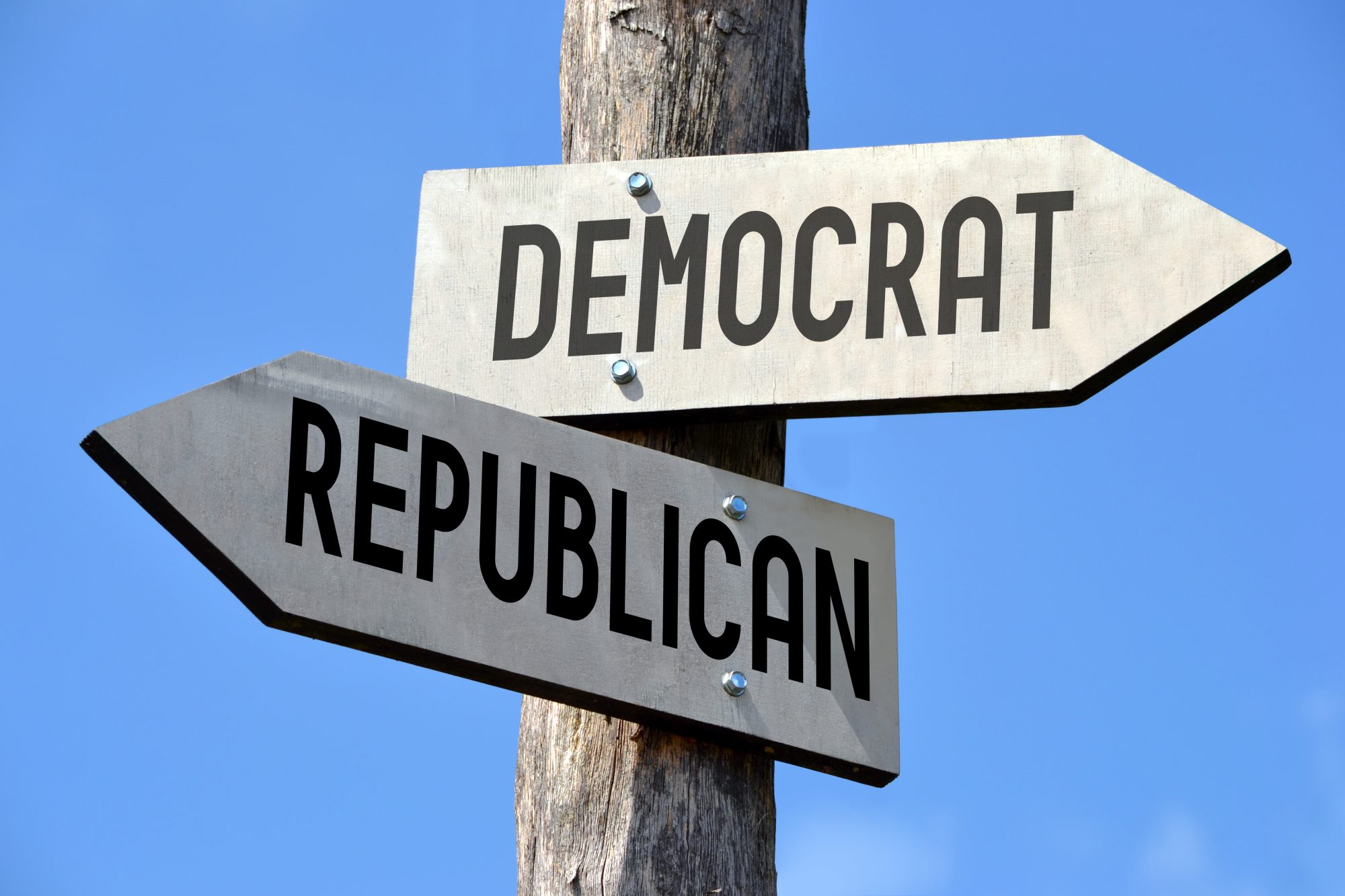The Citi Global Equity Strategy team of Robert Buckland, Mert C Genc, Beata M Manthey, Jonathan Stubbs and Ayush Tambi unravel the mystery of the chronic underperformance by the world’s largest 50 companies in their research work ‘Mega Traps’ on October 17, 2013.
Not Mega-Caps…Mega Value Traps
The authors point out that an index comprised of these 50 global behemoths…
- Would be up just 31 percent since 2003 while the rest of the market shot up 129 percent.
- Trade at a 20 percent PE discount.
- Are a global value trap. (“With hindsight, outperforming the global equity market has been easy – don’t own the mega-caps,” say the authors)
But mega-caps have everything going for them…
Solid balance sheets, great global franchises, excellent profitability, EPS growth, low leverage and the strength and resources to expand into new territories outside home markets…you name it, they have it. And, they are available at a 20 percent discount to the market to boot.
The authors eliminate other factors, such as regional bias, sector weighting, leverage and profitability that could account for the anomaly.
Why, then, the underperformance?
Possible factors: Equity inflows and Corporate Fiefdoms
One reason could be the massive expansion in the equity base of these companies as a result of major acquisitions that were made possible by huge equity inflows during the late 1990s. In 1999 and 2000, major companies Vodafone Group Plc (ADR) (NASDAQ:VOD) (LON:VOD), AT&T Inc. (NYSE:T), GlaxoSmithKline plc (ADR) (NYSE:GSK) (LON:GSK), Pfizer Inc. (NYSE:PFE and BP plc (NYSE:BP) (LON:BP) boosted outstanding shares by over 50 percent through breakneck deal-making.
Unfortunately, those inflows have reversed and are trickling out, causing the mega caps to trade at a discount to the market. Their huge equity is in fact their ball and chain – and unfortunately, this can be alleviated by only two events: the onset of a major bear market, or gushing equity inflows of a scale seen in the 1990s. Both are unlikely, say the authors.
The second factor is that these mega caps are unlikely to be taken over, due to their sheer size. This factor makes managements complacent, and of course, the market does not assign the premium that comes with a likely hostile takeover. CEOs are comfortable with the status quo, as well as their massive paychecks.
CEOs must de-equitize
…Or face the wrath of their shareholders, and these days, many of them are billionaire activists.
The authors say mega-caps were quick to issue equity during the days of high P/E in the 1990s, but are dragging their feet on equity redemption when P/Es are ruling low.
According to the authors, these mega-cap CEOs can take the initiative to close their valuation discount by taking pro-active steps, such as buying back equity, spinning-off assets and returning capital to shareholders.












